A rapid fall in water temperature is the worst scenario for winter fishing. Fish hate rapid temperature change and, when a sudden cold snap kicks in, most species tend to go right off the feed.
When water temperature falls below 4ºC most of our coarse fish shut down. Some species like pike and chub will feed intermittently but species like carp and tench are particularly affected.
At a temperature of 4ºC the affected fish will often shoal together in the warmest spot they can find and stay there virtually dormant. Locating these fish is vital because no amount of baiting up will draw these fish to you. For the best chance of catching you have to find them and drop a bait right on their noses.
These fish don’t actually need to feed, but it’s like tempting them with a sweet. Put a bait right in front of them and one of them will eventually eat it. Fish will feed slightly more freely in a prolonged spell of cold weather where water temperature has remained constant, and they will move for short periods to find food.
Best times to fish
There are always going to be times when it is cold where the fish will feed better than others. As a guide these are some great time to get out on the bank:
- When the water temperatures rise above six degrees and the weather is settled
- Water has been 4 degrees for four or five days
- In the afternoon when the sun has warmed up shallower areas
- Any rise in water temperature after prolonged cold spells
- when there is a change in wind direction that brings warmer air
Feeding temperature guide
6°C – 7°C Fish feeding moderately well
4°C – 5°C Fish still aware and feeding intermittently
2°C – 3°C Fish becoming dormant. You’ll struggle!
1°C – 2°C Fish virtually inert
Measure the temperature
Many match and specialist anglers now carry a thermometer. Water temperature will dictate how much – if anything – they’ll feed. They also want to know if the water temperature rises during the session. A temperature rise – even by half a degree – will spark fish to feed. There are a number of angling thermometers on the market, capable of measuring both air and water temperature.
THERE ARE LOTS OF GREAT GADGETS TO HELP YOU CATCH FISH, OUR BUYER'S GUIDEHAS SOME INTERESTING ITEMS.
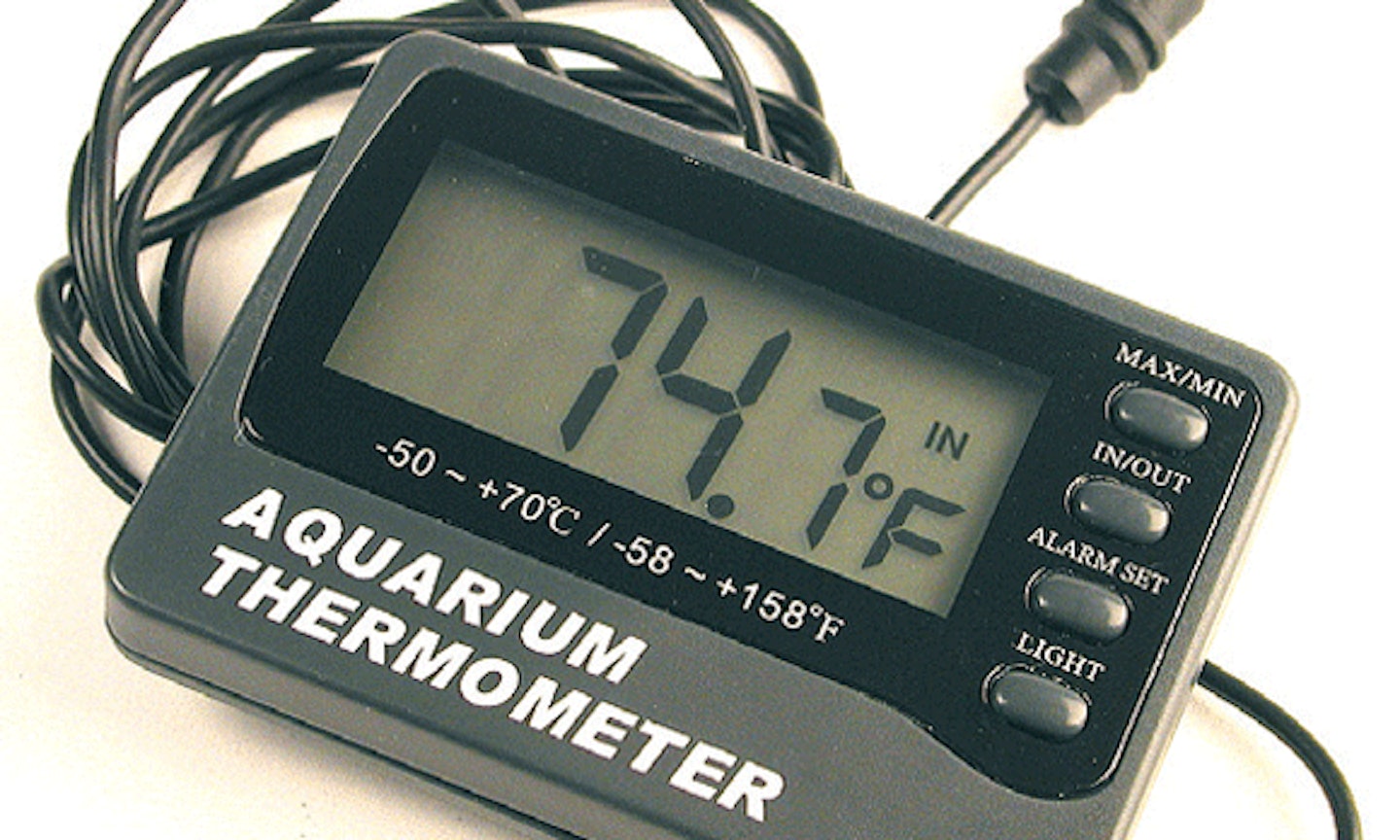
Species guide
All fish respond directly to the weather and different species feed more keenly than others in the cold. Pike, grayling and chub are a few of the main target species when the frost is crunching underfoot. Here’s our temperature guide to Britain’s most popular fish.
Carp
Carp are a warm water species and only grow and reproduce in water temperatures of 15ºC, and above. They can be caught all year round but feeding activity slows down from the first frosts. From this point carp become far less active and often shoal up in the warmest areas, or seek out warmer thermal layers (thermoclines). Locating fish is key as there may be large areas in lakes and commercial pools devoid of fish. If you do locate them, they may only feed for short periods. Below 4ºC, carp are generally unwilling to feed.
ZIG RIGS ARE A GREAT WAY TO CATCH COLDWATER CARP, OUR GUIDE HAS ALL THE BEST TIPS FOR USING THEM.

Tench
An iconic summer species. In colder water conditions – from late October to April when water temperature dips – the tench slows down its body mechanism and effectively hibernates. It has little or no need to feed. There are exceptions, notably in heavily-stocked commercial pools where some tench occasionally continue to feed through moderately cold weather.
IF YOU NEED MORE TIPS ON CATCHING TENCH, THIS EXPERT ARTICLE IS FOR YOU!
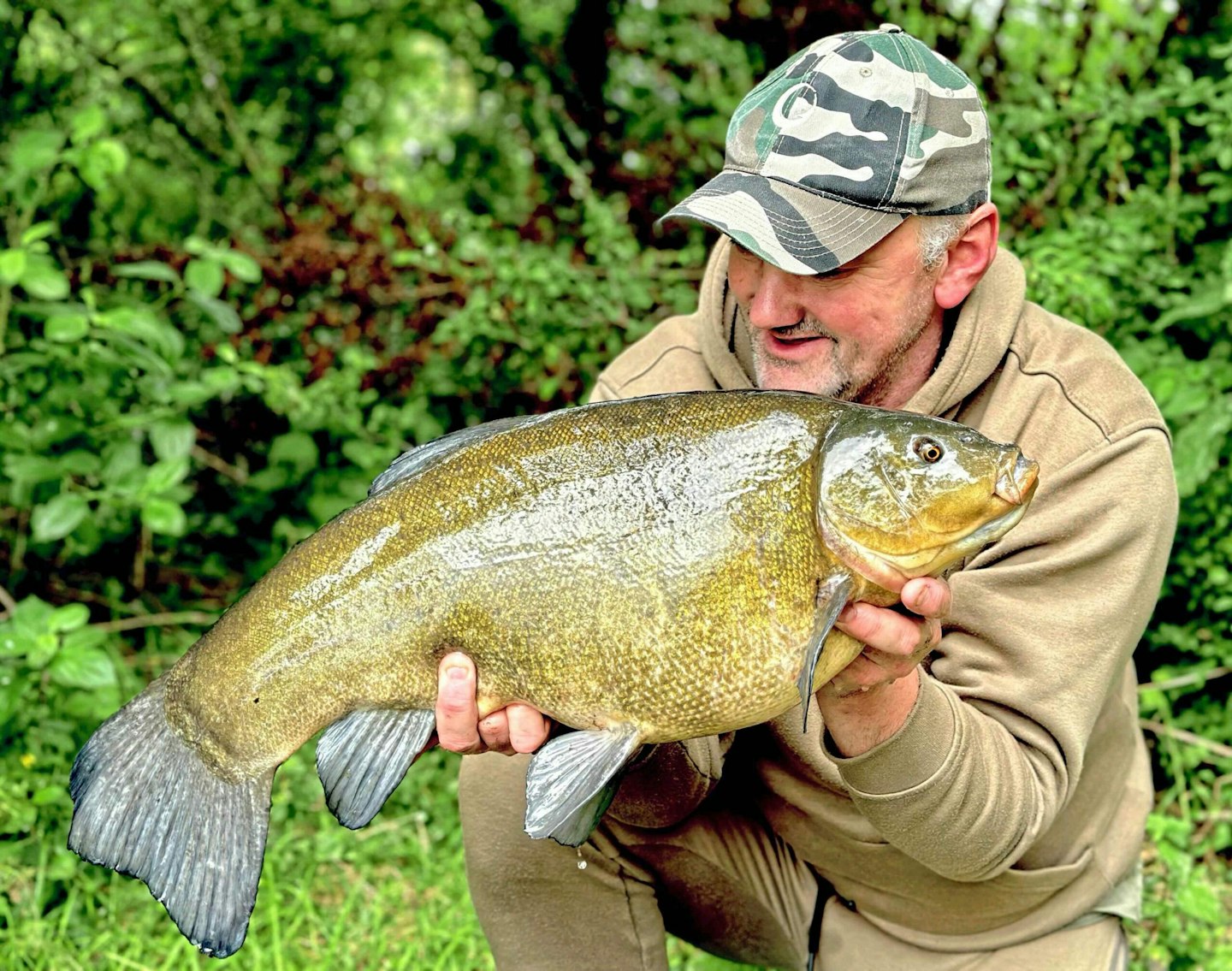
Roach
Roach are one of the few species that will feed freely throughout the cold weather. Like most other species, roach won’t feed following sudden water temperature drops of more than one or two degrees (after a hard, overnight frost, for example.) However, in periods of sustained cold weather, roach are a good target for the angler as it will compete for food up in the water.
FLOAT FISHING IS A GREAT METHOD FOR CATCHING ROACH, OUR BUYER'S GUIDE HAS SOME EXCEPTIONAL RODS TO USE.
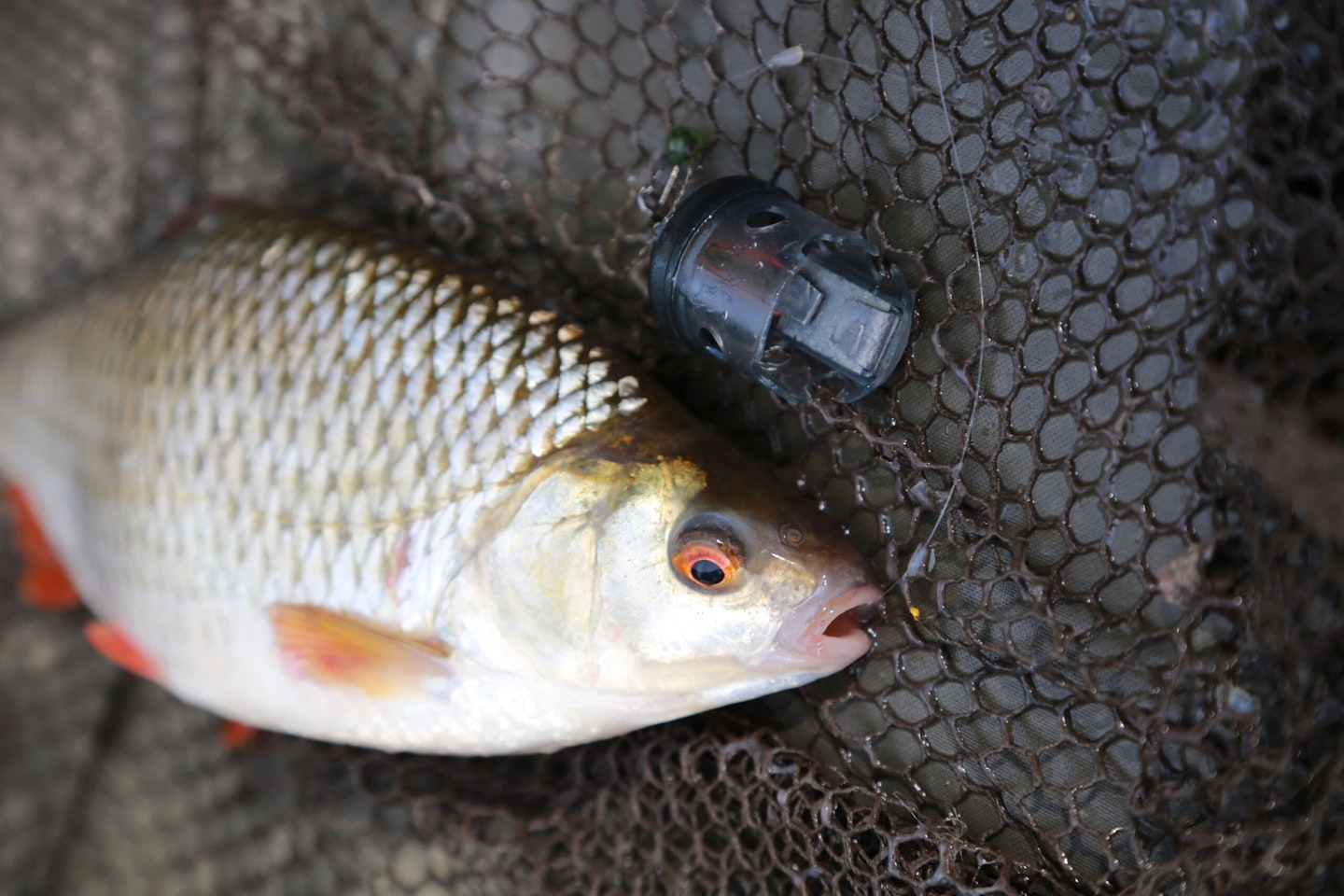
Perch
More active in summer than winter as they digest their food quicker, and therefore eat more often. Some specialist perch anglers maintain that big stillwater perch rarely feed when the water temperature falls below 4ºC (39ºF.) Perch in rivers feed harder throughout the colder months because running water tends to have a more stable temperature that is less susceptible to large fluctuations you get in stillwaters. Lure fishing is often a great way to cover some water and find the fish.
YOU NEED ONE OF THE BEST LURE RODS TO CATCH MORE PERCH USING LURES THIS YEAR!
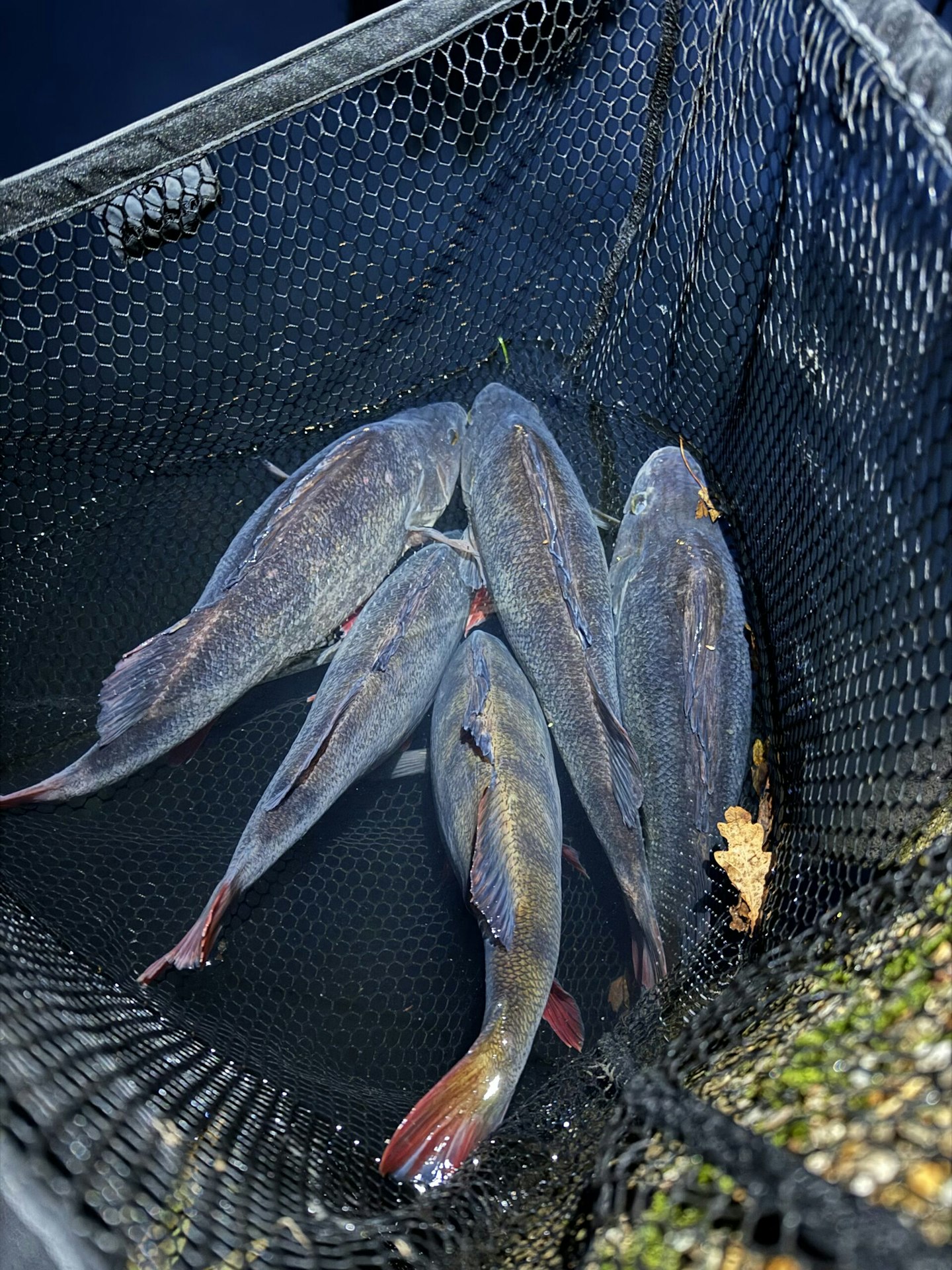
Bream
Bream are very much like carp and can be caught through 12 months of the year, though sport does tail off in the colder months. Well known as a shoaling species, bream move around more readily than carp when water temperatures dip and location is again the key issue in catching them. While carp tend to stay shoaled in the same areas in colder months, bream will move about from day to day, or week to week.
THE BEST FEEDER RODS WILL HELP YOU CAST LONG DISTANCES REQUIRED FOR FINDING BREAM.

Chub
The chub is the king of cold-water species. Chub stuff themselves with maggots and casters on the coldest day. Many day ticket commercial pools now stock chub to keep anglers catching throughout the hard winter months. Chub can be caught at all depths but, if you fire in bait regularly, they will come up in the water to compete in snatching slow-falling freebies like maggots.
THE BEST CHUB RODS WILL HELP YOU LAND CHUB WHATEVER THE CONDITIONS.
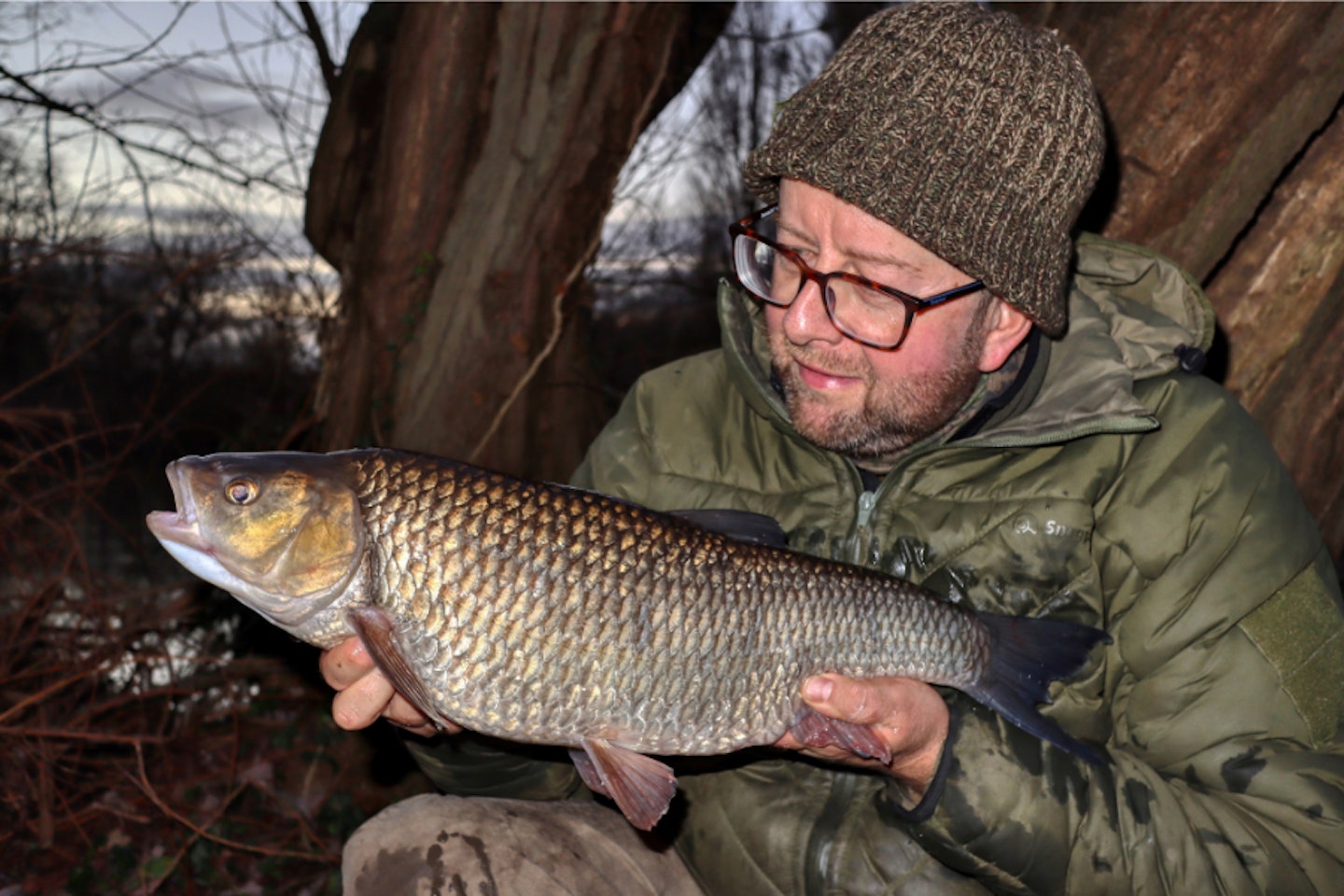
Barbel
Sudden falls in water temperatures are guaranteed to knock barbel sport on the head. Barbel will feed happily in cold-water conditions, providing the water has been at a settled, low temperature for a period of days. Just as barbel stop feeding in response to a cold snap, even a tiny rise in water temperature can spark them into feeding furiously, especially if it is coupled with a rise in water level.
IF YOU WANT TO CATCH YOURSELF A BIG BARBEL, HEAD TO ONE OF THESE GREAT VENUES!

Rudd
Another warm water species, the rudd is at its most active in the spring, summer and autumn. As soon as water temperatures nosedive, the rudd’s metabolism slows down. Rudd can still be caught in winter, especially on heavily-stocked commercial pools, but they aren’t worth targeting.

Pike
These powerful predators won’t expend lots of energy chasing a meal, but if you drop a bait on a pike’s nose, or inch it past it, it will swallow it. Big static sea deadbaits that leach off loads of flavour, or lures worked slow and deep just above the holes in the weed where pike like to lay up, are favourite.
Livebaits (where allowed) tethered below a pike bung or under a slow-moving drifter float, will also produce big fish.
A SET OF THE BEST PIKE RODS WILL ENABLE TO CAST HEAVY DEADBAITS OUT WITH EASE.

